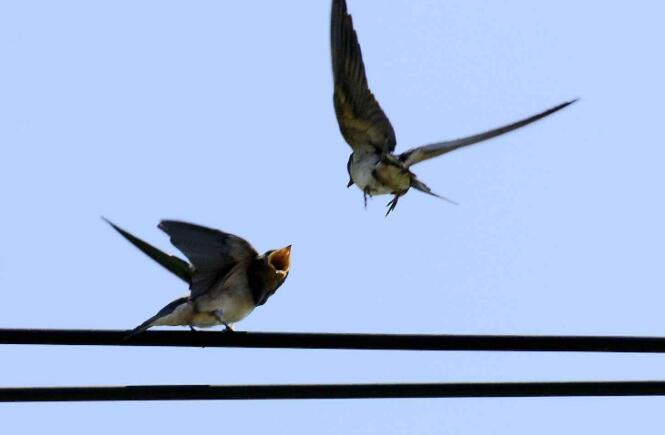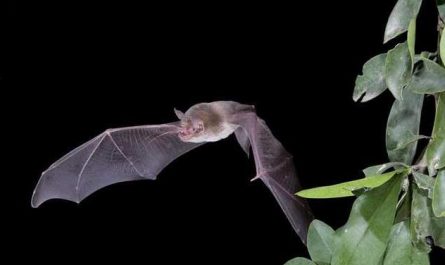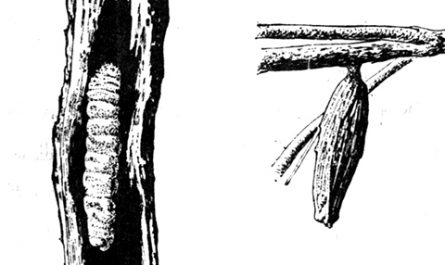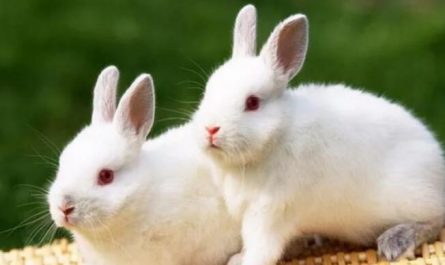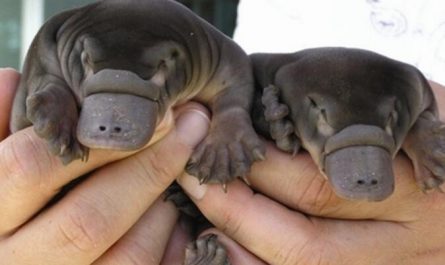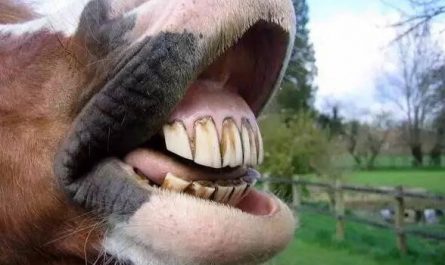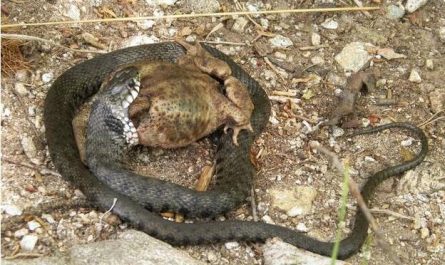The reason why Little Swallow is going to the South for the winter
Swallows are migratory birds that fly back to the south at the end of autumn and back to the north in spring. At least two nests of small swallows must be bred in the north. They are spiritual birds. They can find their own homes no matter how far they fly. They can re-catch the mud and build their nests. After gestation, they will actively catch small insects and raise them until the small swallows can fly alone. Repeated and complex performances from ancient times to the present. Swallows are migratory birds that fly back to the south at the end of autumn and back to the north in spring. At least two nests of small swallows must be bred in the north. They are spiritual birds. They can find their own homes no matter how far they fly. They can re-catch the mud and build their nests. After gestation, they will actively catch small insects and raise them until the small swallows can fly alone. Repeated and complex performances from ancient times to the present.
The food for swallows is insects. In winter, there are few insects. Flying south for the winter does not mean that they will go to the south of our country, but to Southeast Asia and Australia. At the end of spring and early summer, we fly north to breed, because there is more food going north. The most important thing is that there are fewer competitors and natural enemies in the north. If you continue to breed in the south, there will be a great demand for food during the breeding period, and there will be resident birds in the area, which are competitors. Natural enemies can reproduce in all seasons in the south. Assuming there are 10 natural enemies somewhere, regardless of unexpected circumstances, these 10 natural enemies will exist within a year. However, the natural enemies in the north are either migratory birds and fly south, or 10 natural enemies have died of freezing and starvation in the winter in the north.
The Benefits of Little Swallows to Us Humanity
Swallows are beneficial birds for humans. They mainly feed on mosquitoes, flies and other insects. They can eat 250,000 insects in a few months, so we must not harm them!
In the autumn before winter, swallows always make long-distance trips every year-flew in flocks from the north to the far south, where they can enjoy the warm sunshine and humid weather, and the frost and bitterness of winter The cold wind left to tits, grouses and thunderbirds that never flew south through the winter. On the surface, the cold in the winter in the North makes the swallows leave their homes to spend the winter in the south, and then return from the south to their hometowns to have children and live and work in peace when the spring is warm. Is it really so? Actually not. It turns out that swallows feed on insects, and they have always been accustomed to hunting flying insects in the air. They are not good at searching for insect food in tree crevices and ground crevices, nor can they omnivorous berries, seeds, and seeds like oak grouse and ptarmigan. Change to eating leaves in winter (coniferous species do not shed their leaves even in winter). However, in the northern winter, there are no flying insects for swallows to prey, and swallows cannot dig out the larvae, pupae and eggs of lurking insects like woodpeckers and wood sparrows. The lack of food makes the swallows have to migrate from the north to the south from autumn to spring every year to get a broader living space. The swallows became the “nomads” in the bird family.
Swallows are a genus of passerine swallow family. This is a small bird with a body length of 130 to 180 mm. The wing has a long tip and a fork-shaped tail. Most of its back feathers are blue and black, so in ancient times it was called Xuanniao. The wings are long and easy to fly, the mouth is short and weak, and the mouth is wide, which is the mouth shape of a typical insectivorous bird. The feet are short and the claws are strong.
There are more than 20 species of house swallows, white-rumped swallows, barn swallows, rock swallows, grey sand swallows, golden waist swallows and hairy foot swallows in the world. There are 4 species in China, among which house swallows and golden waist swallows are more common. Different swallows have different living habits. For example, the swallows of the same swallow belong to climbing birds, and the swallows of domestic swallow and golden-rumped swallow belong to songbirds. Different swallows have different shapes. The house swallow is slightly larger, flying high, flying fast, the whole body is black, with metallic luster, and the sound is very loud. It likes to nest under the high eaves of the ancient buildings of pavilions and pavilions; the house swallow is smaller in size and has a metallic upper body. Glorious black, chestnut color on the head, white or light pink abdomen, low flying, low sound, mostly on indoor beams and corner nests of residents, most like to approach humans.
Swallows generally breed in April to July. Barn swallows are nesting under the eaves of the farmhouse. The nest is made by sticking the mud and grass stems with saliva, and is covered with soft weeds, feathers, rags, etc., and some Artemisia leaves. The nest is dish-shaped. Two litters are reproduced each year, mostly from May to early June and mid-June to early July. Each litter lays 4-6 eggs. The second litter is less, 2 to 5 pieces. Egg milky white. The male and female hatch their eggs together. 14-15 days after the young birds come out of their shells, the parents will feed them together. The chicks fly out in about 20 days, and then feed for 5-6 days before they can feed themselves. The food is insects. The golden-waisted swallow is shaped like a house swallow, but is slightly larger. This kind of swallow has chestnut yellow on the waist, which is very eye-catching, and the lower body has small black streaks, which is easy to distinguish from the house swallow. The habits are also similar to the house swallows, but most of them live in mountain villages.
The swallow is a typical migrating bird. After the breeding, the young birds still follow the adult birds and gradually gather in large flocks, migrating south and overwintering before the arrival of the first cold wave.
